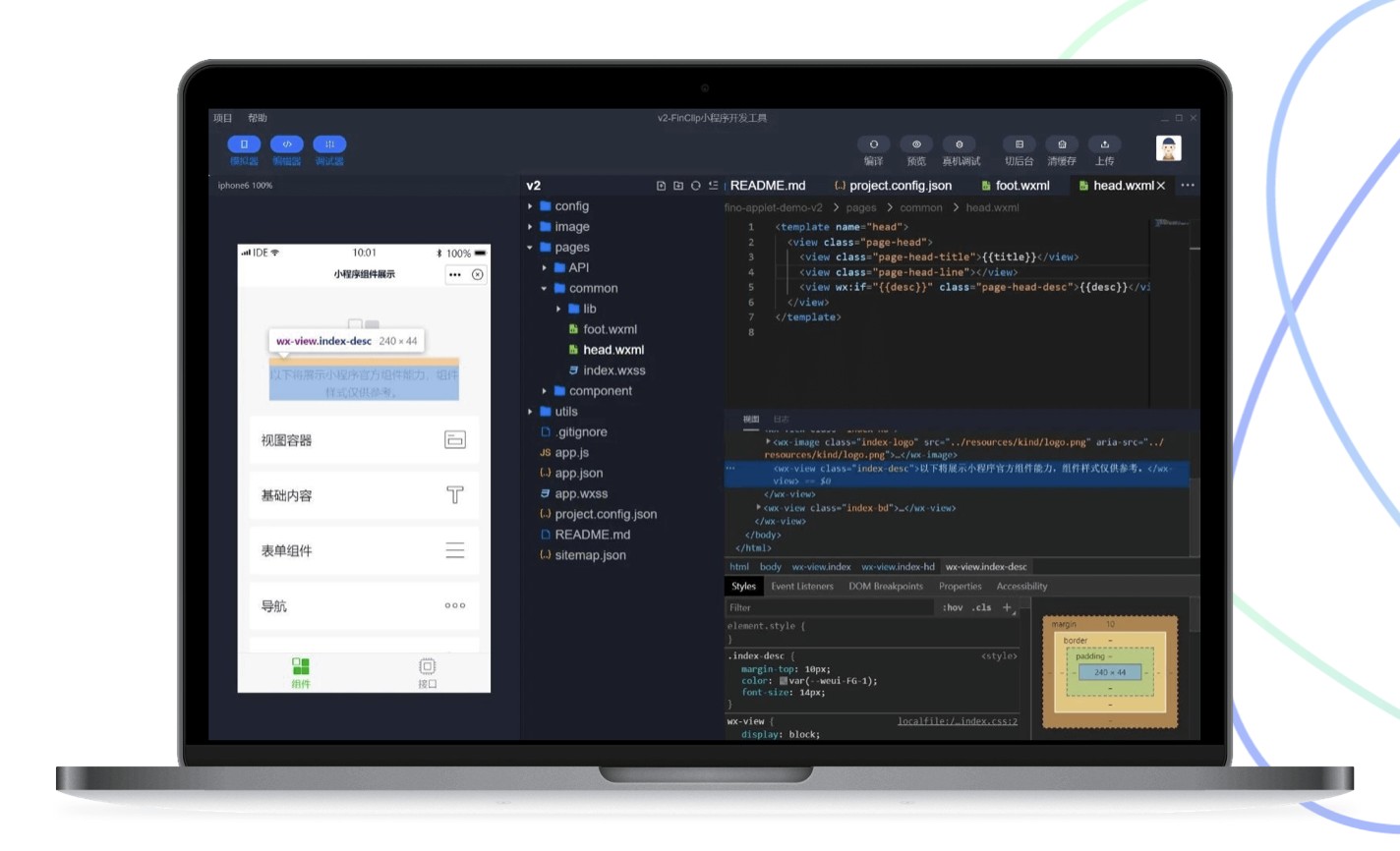企业如何通过vue小程序开发满足高效运营与合规性需求
638
2023-05-31

springboot中@Async默认线程池导致OOM问题

前言:
1.最近项目上在测试人员压测过程中发现了OOM问题,项目使用springboot搭建项目工程,通过查看日志中包含信息:unable to create new native thread
内存溢出的三种类型:
1.第一种OutOfMemoryError: PermGen space,发生这种问题的原意是程序中使用了大量的jar或class
2.第二种OutOfMemoryError: java heap space,发生这种问题的原因是java虚拟机创建的对象太多
3.第三种OutOfMemoryError:unable to create new native thread,创建线程数量太多,占用内存过大
初步分析:
1.初步怀疑是线程创建太多导致,使用jstack 线程号 > /tmp/oom.log将应用的线程信息打印出来。查看oom.log,发现大量线程处于Runnable状态,基本可以确认是线程创建太多了。
代码分析:
1.出问题的微服务是日志写库服务,对比日志,锁定在writeLog方法上,wirteLog方法使用spring-@Async注解,写库操作采用的是异步写入方式。
2.之前没有对@Async注解深入研究过,只是知道可以自定义内部线程池,经查看,日志写库服务并未自定义异步配置,使用的是spring-@Async默认异步配置
3.首先简单百度了下,网上提到@Async默认异步配置使用的是SimpleAsyncTaskExecutor,该线程池默认来一个任务创建一个线程,在压测情况下,会有大量写库请求进入日志写库服务,这时http://就会不断创建大量线程,极有可能压爆服务器内存。
借此机会也学习了下SimpleAsyncTaskExecutor源码,总结如下:
1.SimpleAsyncTaskExecutor提供了限流机制,通过concurrencyLimit属性来控制开关,当concurrencyLimit>=0时开启限流机制,默认关闭限流机制即concurrencyLimit=-1,当关闭情况下,会不断创建新的线程来处理任务,核心代码如下:
public void execute(Runnable task, long startTimeout) {
Assert.notNull(task, "Runnable must not be null");
Runnable taskToUse = (this.taskDecorator != null ? this.taskDecorator.decorate(task) : task);
//判断是否开启限流机制
if (isThrottleActive() && startTimeout > TIMEOUT_IMMEDIATE) {
//执行前置操作,进行限流
this.concurrencyThrottle.beforeAccess();
//执行完线程任务,会执行后置操作concurrencyThrottle.afterAccess(),配合进行限流
doExecute(new ConcurrencyThrottlingRunnable(taskToUse));
}
else {
doExecute(taskToUse);
}
}
2.SimpleAsyncTaskExecutor限流实http://现
首先任务进来,会循环判断当前执行线程数是否超过concurrencyLimit,如果超了,则当前线程调用wait方法,释放monitor对象锁,进入等待
protected void beforeAccess() {
if (this.concurrencyLimit == NO_CONCURRENCY) {
throw new IllegalStateException(
"Currently no invocations allowed - concurrency limit set to NO_CONCURRENCY");
}
if (this.concurrencyLimit > 0) {
boolean debug = logger.isDebugEnabled();
synchronized (this.monitor) {
boolean interrupted = false;
while (this.concurrencyCount >= this.concurrencyLimit) {
if (interrupted) {
throw new IllegalStateException("Thread was interrupted while waiting for invocation access, " +
"but concurrency limit still does not allow for entering");
}
if (debug) {
logger.debug("Concurrency count " + this.concurrencyCount +
" has reached limit " + this.concurrencyLimit + " - blocking");
}
try {
this.monitor.wait();
}
catch (InterruptedException ex) {
// Re-interrupt current thread, to allow other threads to react.
Thread.currentThread().interrupt();
interrupted = true;
}
}
if (debug) {
logger.debug("Entering throttle at concurrency count " + this.concurrencyCount);
}
this.concurrencyCount++;
}
}
}
2.SimpleAsyncTaskExecutor限流实现:首先任务进来,会循环判断当前执行线程数是否超过concurrencyLimit,如果超了,则当前线程调用wait方法,释放monitor对象锁,进入等待状态。
protected void beforeAccess() {
if (this.concurrencyLimit == NO_CONCURRENCY) {
throw new IllegalStateException(
"Currently no invocations allowed - concurrency limit set to NO_CONCURRENCY");
}
if (this.concurrencyLimit > 0) {
boolean debug = logger.isDebugEnabled();
synchronized (this.monitor) {
boolean interrupted = false;
while (this.concurrencyCount >= this.concurrencyLimit) {
if (interrupted) {
throw new IllegalStateException("Thread was interrupted while waiting for invocation access, " +
"but concurrency limit still does not allow for entering");
}
if (debug) {
logger.debug("Concurrency count " + this.concurrencyCount +
" has reached limit " + this.concurrencyLimit + " - blocking");
}
try {
this.monitor.wait();
}
catch (InterruptedException ex) {
// Re-interrupt current thread, to allow other threads to react.
Thread.currentThread().interrupt();
interrupted = true;
}
}
if (debug) {
logger.debug("Entering throttle at concurrency count " + this.concurrencyCount);
}
this.concurrencyCount++;
}
}
}
线程任务执行完毕后,当前执行线程数会减一,会调用monitor对象的notify方法,唤醒等待状态下的线程,等待状态下的线程会竞争monitor锁,竞争到,会继续执行线程任务。
protected void afterAccess() {
if (this.concurrencyLimit >= 0) {
synchronized (this.monitor) {
this.heBkbkFKconcurrencyCount--;
if (logger.isDebugEnabled()) {
logger.debug("Returning from throttle at concurrency count " + this.concurrencyCount);
}
this.monitor.notify();
}
}
}
虽然看了源码了解了SimpleAsyncTaskExecutor有限流机制,实践出真知,我们还是测试下:
一、测试未开启限流机制下,我们启动20个线程去调用异步方法,查看Java VisualVM工具如下:
二、测试开启限流机制,开启限流机制的代码如下:
@Configuration
@EnableAsync
public class AsyncCommonConfig extends AsyncConfigurerSupport {
@Override
public Executor getAsyncExecutor() {
SimpleAsyncTaskExecutor executor = new SimpleAsyncTaskExecutor();
//设置允许同时执行的线程数为10
executor.setConcurrencyLimit(10);
return executor;
}
}
同样,我们启动20个线程去调用异步方法,查看Java VisualVM工具如下:
通过上面验证可知:
1.开启限流情况下,能有效控制应用线程数
2.虽然可以有效控制线程数,但执行效率会降低,会出现主线程等待,线程竞争的情况。
3.限流机制适用于任务处理比较快的场景,对于应用处理时间比较慢的场景并不适用。==
最终解决办法:
1.自定义线程池,使用LinkedBlockingQueue阻塞队列来限定线程池的上限
2.定义拒绝策略,如果队列满了,则拒绝处理该任务,打印日志,代码如下:
public class AsyncConfig implements AsyncConfigurer{
private Logger logger = LogManager.getLogger();
@Value("${thread.pool.corePoolSize:10}")
private int corePoolSize;
@Value("${thread.pool.maxPoolSize:20}")
private int maxPoolSize;
@Value("${thread.pool.keepAliveSeconds:4}")
private int keepAliveSeconds;
@Value("${thread.pool.queueCapacity:512}")
private int queueCapacity;
@Override
public Executor getAsyncExecutor() {
ThreadPoolTaskExecutor executor = new ThreadPoolTaskExecutor();
executor.setCorePoolSize(corePoolSize);
executor.setMaxPoolSize(maxPoolSize);
executor.setKeepAliveSeconds(keepAliveSeconds);
executor.setQueueCapacity(queueCapacity);
executor.setRejectedExecutionHandler((Runnable r, ThreadPoolExecutor exe) -> {
logger.warn("当前任务线程池队列已满.");
});
executor.initialize();
return executor;
}
@Override
public AsyncUncaughtExceptionHandler getAsyncUncaughtExceptionHandler() {
return new AsyncUncaughtExceptionHandler() {
@Override
public void handleUncaughtException(Throwable ex , Method method , Object... params) {
logger.error("线程池执行任务发生未知异常.", ex);
}
};
}
}
版权声明:本文内容由网络用户投稿,版权归原作者所有,本站不拥有其著作权,亦不承担相应法律责任。如果您发现本站中有涉嫌抄袭或描述失实的内容,请联系我们jiasou666@gmail.com 处理,核实后本网站将在24小时内删除侵权内容。
发表评论
暂时没有评论,来抢沙发吧~